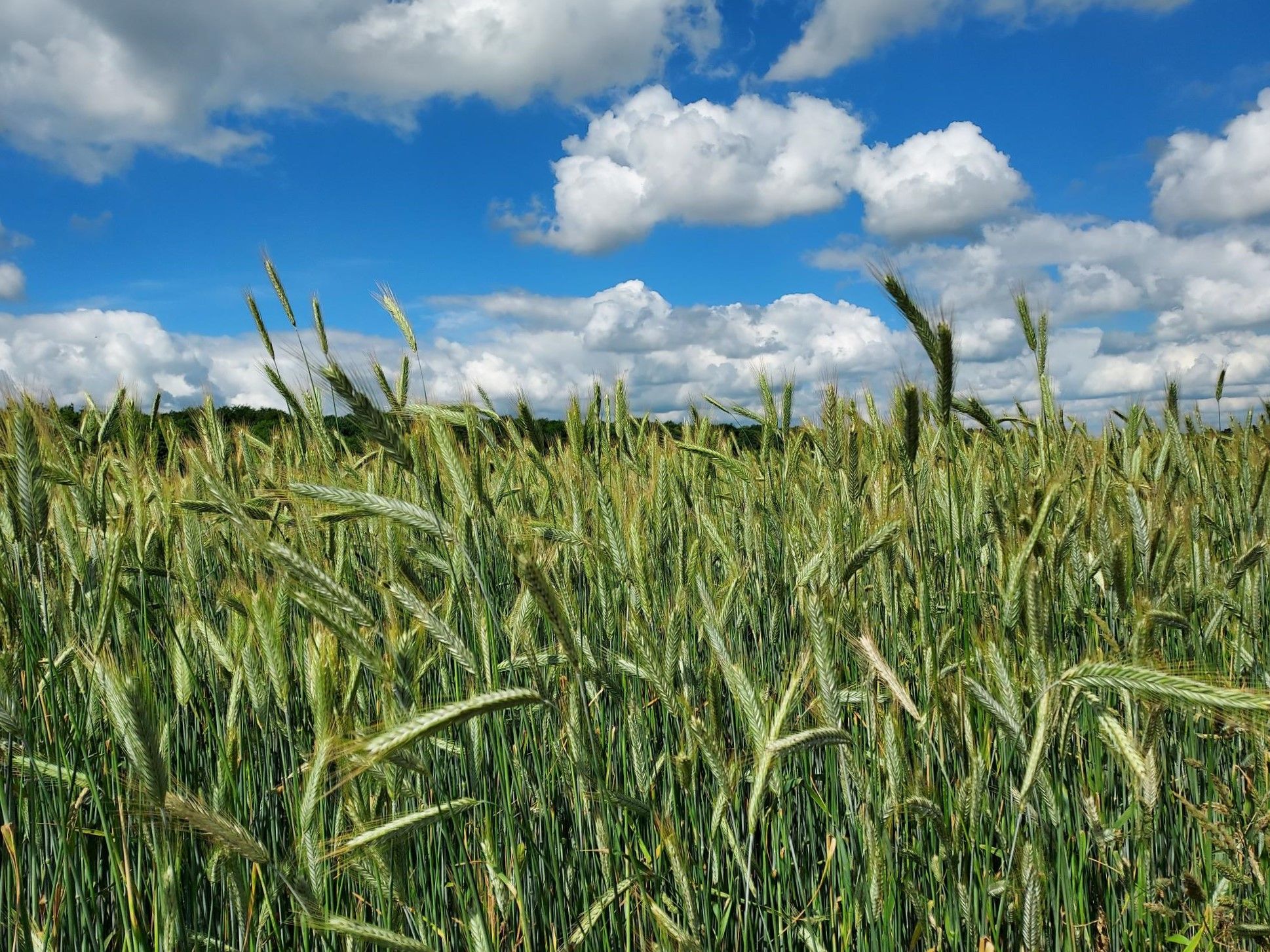What is regenerative agriculture?
Regenerative agriculture 101 – understand the basics
The term regenerative agriculture has become unavoidable when talking about sustainable farming practices. But what does it mean and why is everybody suddenly talking about it?
Background
Traditional conventional farming practices have dominated farming systems around the world for decades. This has led to many adverse effects such as depleting the soil, releasing CO2, water pollution, eutrophication, and loss of biodiversity.
Due to more awareness of the environmental crises and soil health, farmers and researchers alike have focused on farming practices that mitigate these negative impacts. Many of these practices are old, traditional principles that were necessary when farming the land was harder, but some of the practices are new and only now widely available due to technological innovation.
At its heart, regenerative agriculture is centered around several core principles designed to restore and enhance the ecosystem: minimum soil disturbance, diversifying crop rotations, cover cropping, and reduction of synthetic inputs.
Many other practices such as precision farming, livestock integration, biodiversity borders, addition of organic material, biostimulants, recirculated fertilizer, agroforestry, foliar fertilizer application, companion crops, living mulch, and legume integration can be valuable tools in regenerative farming, but this article focuses on the core principles.
Regenerative core principles
- Minimum Soil Disturbance:
Traditional tilling practices disrupt soil structure, harm microbial life, and release stored CO2 into the atmosphere. Regenerative agriculture employs no-till or minimal-till techniques, preserving soil integrity and promoting carbon sequestration.
- Diverse Crop Rotations:
Monocropping depletes soil nutrients and increases vulnerability to pests and diseases. In contrast, diverse crop rotations improve soil health, disrupt pest cycles, and enhance nutrient cycling. Studies have shown that diverse crop rotations can increase crop yields by 10-15% compared to monocropping systems .
- Cover Cropping:
Keeping the soil covered year-round with cover crops prevents erosion, improves water retention, and enhances soil organic matter. Cover crops, such as legumes, also fix atmospheric nitrogen, reducing the need for synthetic fertilizers. Evidence suggests that cover cropping can reduce soil erosion by more than 90% and increase soil organic matter by up to 1% annually.
- Reducing Synthetic Inputs:
Excessive use of synthetic fertilizers and pesticides can degrade soil health and harm beneficial organisms. Regenerative practices emphasize the use of organic inputs and biological pest control methods.
Why is it not more widespread?
Despite its numerous benefits, regenerative farming is still not widely adopted. The reasons for this are complex and numerous, including lack of farmer help and education, financial incentives, and supportive policies.
It can be a complicated process to get started with regenerative farming, if you have farmed a certain way your whole life. Additionally, there might be an initial cost of new equipment, consulting, crop varieties, as well as a period of lower yields while the new system falls into place over 3-6 years. If there is no financial help or incentives to get started, it might be too great of an undertaking for many farmers to take the leap.
Where can I learn more?
Check out our articles site where we have an array of posts covering many aspects of regenerative farming in depth. If you are a farmer or a company, who wishes to get started with regenerative farming, you can also contact us to learn more about how we can help.

